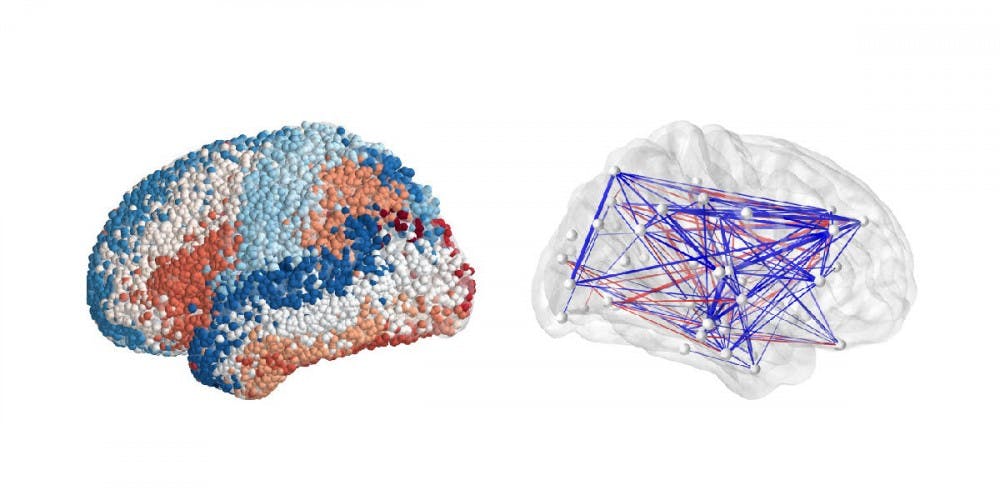Three Penn neuroscientists have created the first complete brain map of electrical connections vital to memory creation, according to a University announcement this week.
This development is a part of the Restoring Active Memory Project. RAM, one of the major projects of former President Barack Obama’s BRAIN Initiative funded by the Defense Advanced Research Projects Agency, aims to improve human memory by developing a device that can be implanted and electrically stimulate the brain.
Research for the map’s construction was helmed by Penn Psychology professor and Principal Investigator of DARPA’s RAM program Michael Kahana, 2019 bioengineering graduate student Ethan Solomon, and Director of the Cognitive Neuromodulation at Penn Daniel Rizzuto.
Unlike data previously collected through non-invasive measures, such as MRI, the map is based on data collected from approximately 300 neurosurgical patients with electrodes implanted on their brains. The findings, published in Nature Communications, demonstrates how various areas of the brain interact during memory and other cognitive processes.
Kahana, Solomon, and Rizzuto found that the memory-making process is dependent on two simultaneous functions. A region within the brain individually processes stimuli and also communicates with other regions at a low frequency.
Low-frequency waves, rather than high-frequency waves, were integral for brain areas central to memory foundation — namely the frontal, temporal, and medial temporal lobes — to communicate.
In the future, this information is anticipated to stimulate and eventually restore memory in patients suffering from brain injuries or diseases such as Alzheimer's.
“Better understanding the brain networks that activate during memory processing gives us a better ability to fine-tune electrical stimulation that might improve it,” Kahana said in the announcement.
Although RAM has made significant progress toward this goal, Rizzuto said “there’s still significant work to do.” RAM plans to move its research toward observation of connections between brain stimulation and its functional connections.



